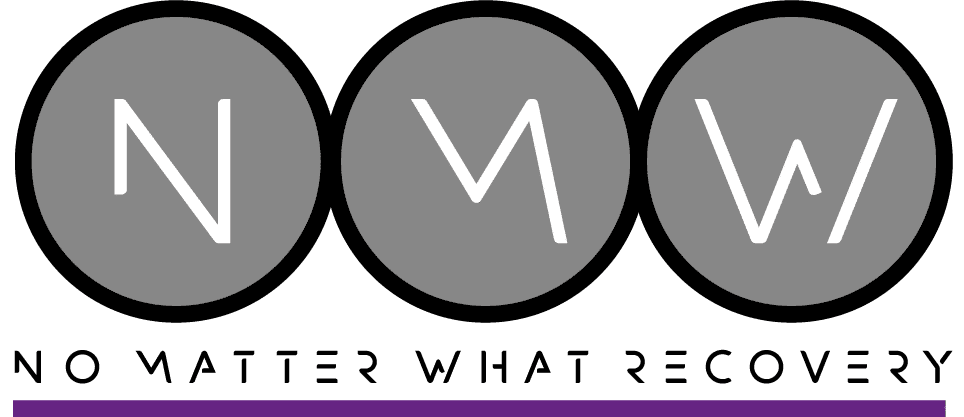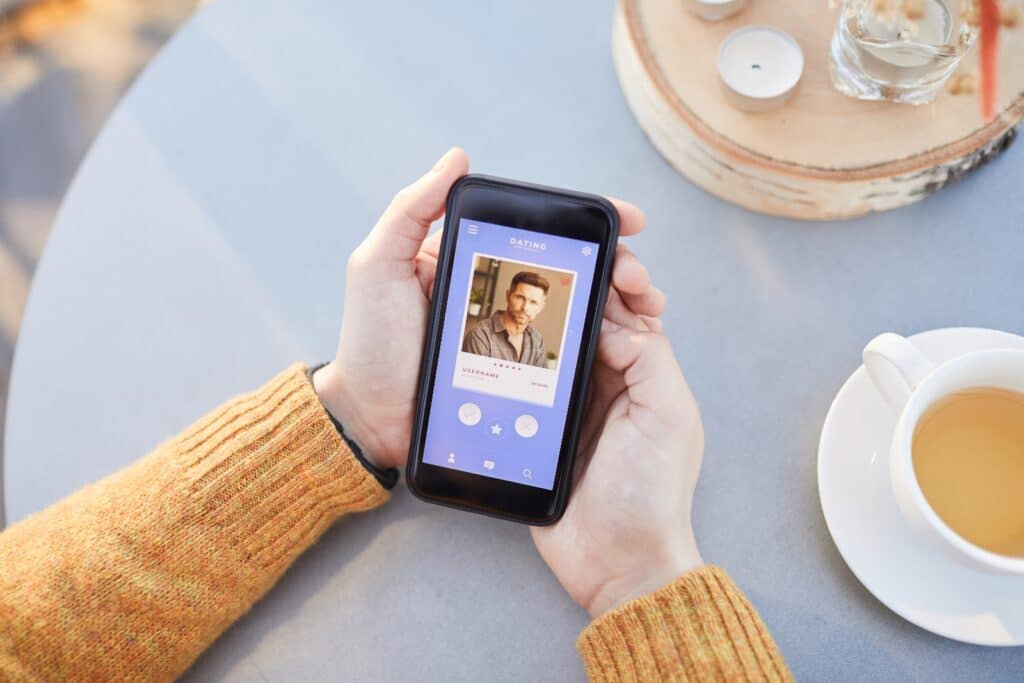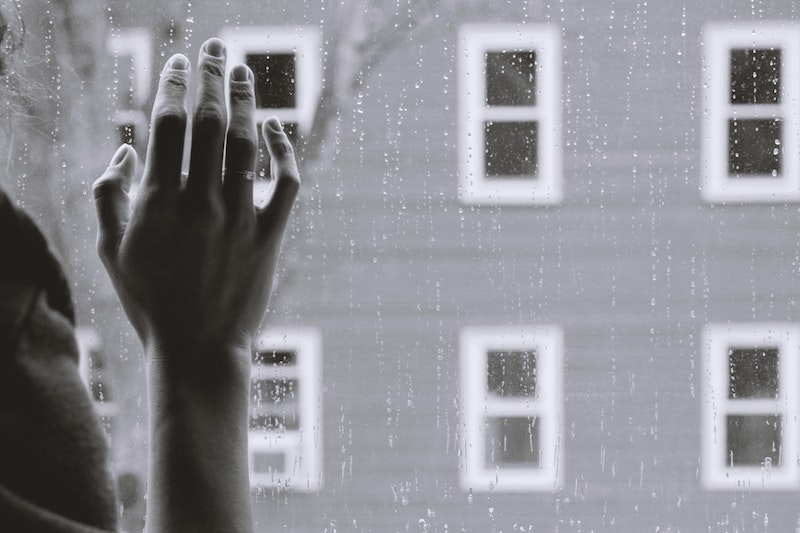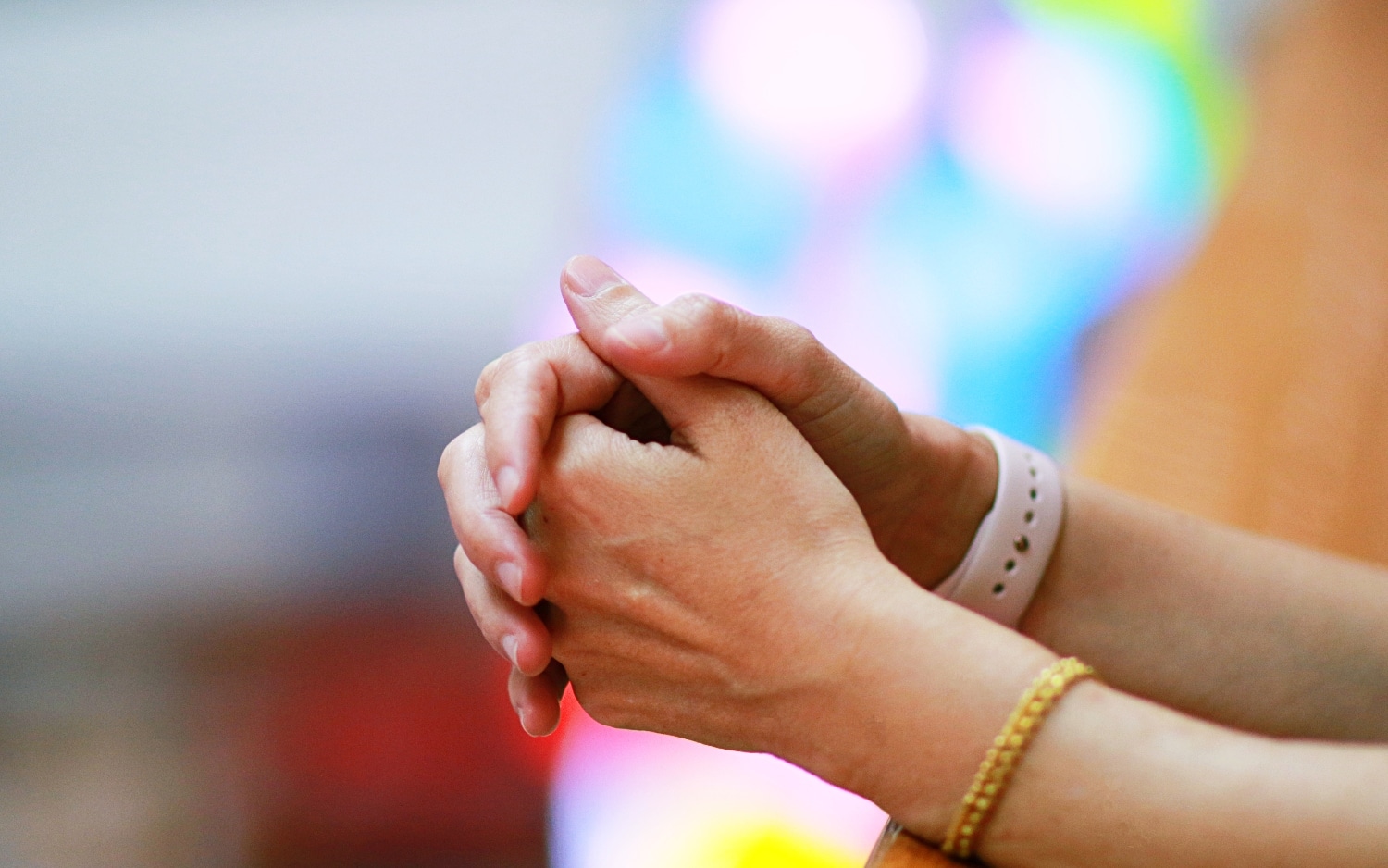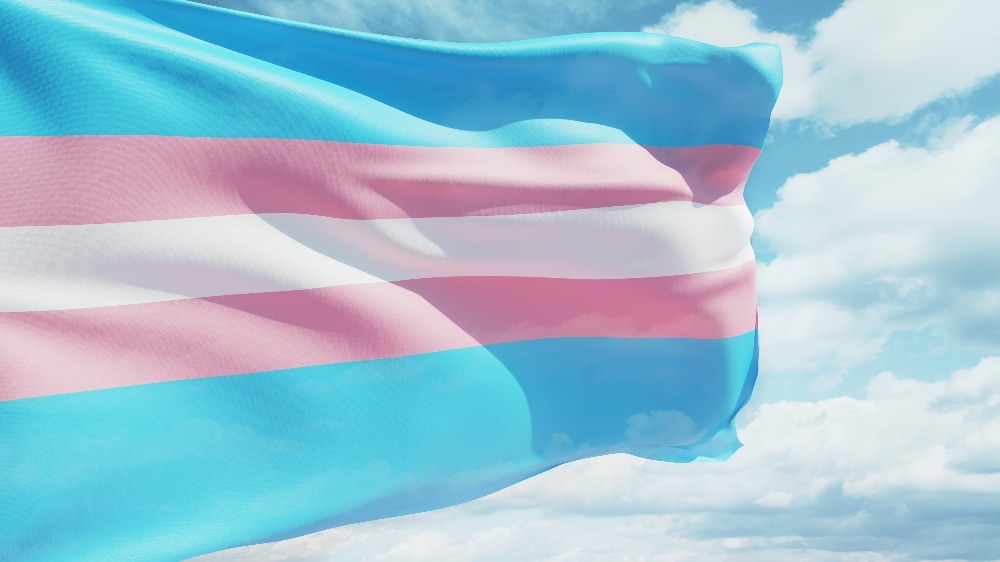In today’s digital world, dating apps have become a primary way to meet potential partners. For many in recovery, particularly within the LGBTQ+ community, these platforms can present unique challenges that may complicate the sobriety journey. Research shows that LGBTQ+ adults are more than twice as likely as their heterosexual counterparts to use illicit drugs and almost twice as likely to suffer from a substance use disorder. Specifically, the rising prevalence of chemsex dating apps and drug-focused social connections can create dangerous territory for those working to maintain their recovery.
The Connection Between Dating Apps and Substance Use
Dating apps themselves aren’t inherently problematic. However, certain platforms have gained popularity specifically for facilitating connections based around substance use – particularly what’s known as chemsex.
Dating apps may not explicitly market themselves this way, but certain code words, profile indicators, and messaging patterns create environments where drug use and sexual encounters become intertwined. Research indicates that dating apps have made it easier and faster to meet new people and arrange encounters, with popular apps like Grindr, Tinder, Hornet, and others being widely used for organizing chemsex activities.
For those in early recovery especially, these digital environments can:
- Trigger cravings through constant exposure to substance-related language
- Create social pressure to relapse to “fit in” with potential matches
- Blur boundaries that are crucial for maintaining sobriety
- Lead to emotional vulnerability that might compromise recovery goals
Signs It’s Time for a Dating App Break
Consider stepping away from dating apps if you notice the following:
- Increased anxiety or cravings after browsing profiles
- Romanticizing past substance use when reading about others’ experiences
- Feeling isolated because your sober lifestyle doesn’t match what you see online
- Compromising your boundaries to appear more appealing to potential matches
- Replacing substance addiction with dating app addiction – constantly checking for matches and messages
Medical professionals warn that chemsex can exacerbate anxiety, lead to psychosis, and foster dependency. Alarmingly, between 20% and 30% of chemsex users report struggling to engage in sexual activity without the aid of drugs, highlighting how deeply intertwined substance use and intimacy can become.
Benefits of Taking a Break
Focusing on Self-Discovery
Recovery is fundamentally a journey of self-rediscovery. Taking a break from dating apps creates space to determine who you are without substances and without seeking validation from potential romantic partners. This pause allows you to strengthen your identity in sobriety and work toward emotional sobriety.
Building a Stronger Recovery Foundation
Early recovery requires tremendous focus and energy. Dating, especially the emotional rollercoaster that can come with app-based connections, might divert crucial resources away from building your recovery foundation. A temporary break gives you time to solidify your sobriety practices.
Developing Healthy Relationship Skills
The time away from dating apps can be used to develop healthier relationship patterns. This might include working with a therapist on attachment styles, practicing communication in friendship circles, and learning to establish and maintain boundaries – all valuable skills for future relationships. Understanding the effects of codependency in recovery can be particularly helpful for developing these skills.
How to Meet People Without Dating Apps
If you’re taking a break from chemsex dating apps or dating platforms in general, consider these alternative ways to meet potential partners:
- Recovery community events: Many cities have sober social gatherings specifically for people in recovery
- Interest-based community groups: From hiking clubs to art workshops, pursuing your passions connects you with like-minded individuals
- LGBTQ+ sober spaces: Many communities offer substance-free events and gatherings specifically for LGBTQ+ individuals in recovery
- Volunteer opportunities: Contributing to causes you care about can connect you with people who share your values
Research has shown that peer groups have a stronger influence on sexual behavior than family members, particularly in the MSM (men who have sex with men) community. By intentionally choosing sober peer groups, you can create a healthier social environment that supports your recovery goals.
Setting Healthy Dating Boundaries in Recovery
When you do return to dating, whether through apps or other means, establishing clear boundaries is essential:
- Be upfront about your sobriety and recovery needs
- Create a dating plan with your sponsor or therapist
- Consider only meeting people in substance-free environments initially
- Practice exit strategies for uncomfortable situations
- Remember that “not now” doesn’t mean “not ever” – timing matters in recovery
Many in recovery find that relearning intimacy in sobriety is a gradual process that requires patience. For those in the LGBTQ+ community who may have experienced disproportionate trauma, understanding the connection between trauma and the LGBT community can provide important context for healing.
When You’re Ready to Return to Dating Apps
If and when you decide to return to dating apps, consider these strategies:
- Choose platforms wisely: Some dating apps are known to have more recovery-friendly communities than others
- Be clear in your profile: Stating that you’re sober can help filter out incompatible matches
- Watch for red flags: Be aware of profiles that seem focused on partying or substance use
- Take it slow: Limit your time on the apps and the number of people you engage with initially
- Stay connected to support: Keep your recovery support network informed about your dating experiences
Focusing on Sexual Recovery
For many people in recovery, particularly those who have used dating apps in conjunction with substance use, addressing sexual health is a crucial part of the healing process. Sexual recovery involves redefining your relationship with intimacy in a way that supports your overall sobriety.
Understanding Sexual Sobriety
Similar to substance sobriety, sexual sobriety isn’t about eliminating sexuality altogether, but rather managing it in a healthy way. For many in early recovery, a period of sexual abstinence—often 90 days—can be beneficial, allowing your brain to “reset” and giving you time to focus on healing. This approach is particularly valuable when recovering from patterns related to chemsex, where substance use and sexual behaviors have become intertwined.
Creating Healthy Boundaries
Establishing clear boundaries is essential for sexual recovery. Consider developing:
- Inner boundaries: Non-negotiable rules about behaviors that threaten your recovery
- Middle boundaries: Warning signs or situations that could lead to relapse
- Outer boundaries: Healthy behaviors you want to cultivate
Working with a therapist who specializes in both addiction and sexual health can be particularly helpful in establishing these boundaries.
Healing and Growth
Addressing shame is a key component of sexual recovery. Support groups provide safe spaces to share experiences, while practices like yoga and DBT techniques can help you reconnect with your body and develop emotional regulation skills. The ultimate goal is authentic intimacy—being present, vulnerable, and honest in your relationships.# Taking a Healthy Break from Dating Apps: Navigating Recovery in the Digital Age
In today’s digital world, dating apps have become a primary way to meet potential partners. For many in recovery, particularly within the LGBTQ+ community, these platforms can present unique challenges that may complicate the sobriety journey. Research shows that LGBTQ+ adults are more than twice as likely as their heterosexual counterparts to use illicit drugs and almost twice as likely to suffer from a substance use disorder. Specifically, the rising prevalence of chemsex dating apps and drug-focused social connections can create dangerous territory for those working to maintain their recovery. Let’s explore why taking a break from dating apps might benefit your recovery journey and how to navigate relationships in sobriety.
Finding Balance in Recovery and Relationships
Recovery doesn’t mean permanent isolation from dating and relationships. Instead, it’s about finding the right balance and timing that supports your long-term well-being. Taking a temporary break from dating apps might ultimately lead to healthier, more fulfilling connections in the future.
At No Matter What Recovery, we understand the complex challenges of navigating relationships in sobriety. Whether you’re struggling with substance use connected to dating apps or simply looking for guidance on building healthy relationships in recovery, our specialized recovery programs are designed to provide the support you need.
If you or someone you love is struggling with substance use and dating app behaviors, contact No Matter What Recovery today to learn about our specialized programs for the LGBTQ+ community.

Mell McCracken, CADC-II, ASAT, RAE
Mell McCracken is the Executive Director of No Matter What Recovery, serving as the leader of the clinical treatment program and overseeing our sexualized drug use curriculum.
Mell is nationally and internationally recognized as an LGBT+ educator, co-author, and treatment provider. They also serve as faculty member at the International Institute of Trauma and Addiction Specialists. They are committed to uplifting voices and breaking stigmas, one conversation at a time, and have spent their career fighting for inclusivity and empowerment through chemsex education and LGBT+ activism.
